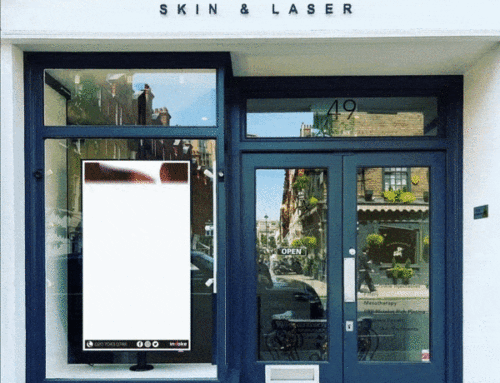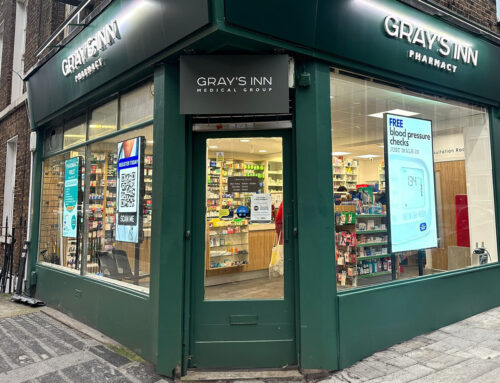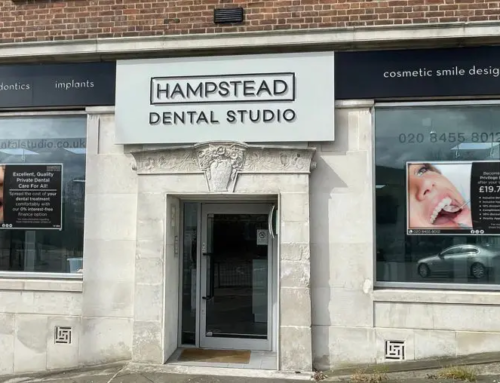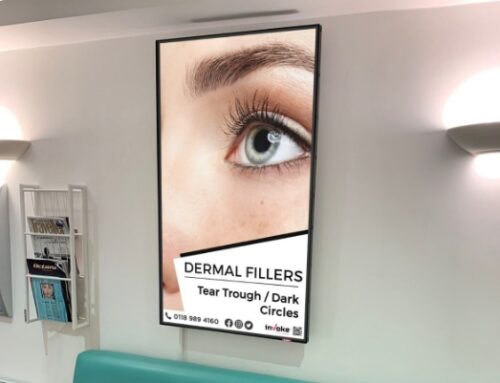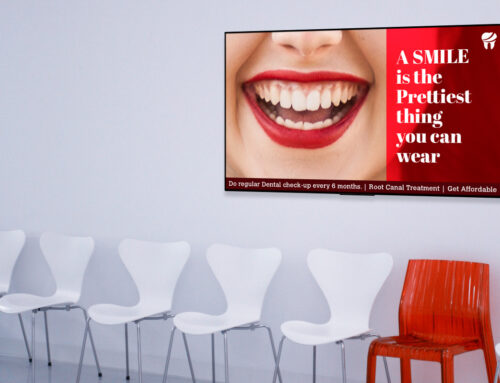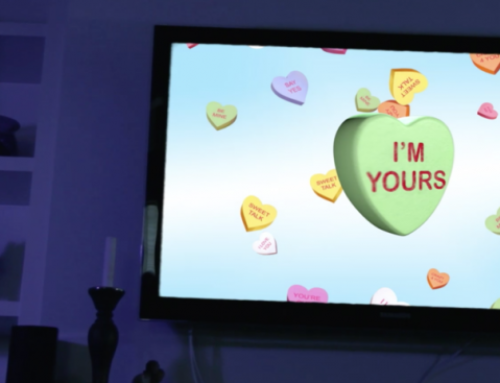About a year ago, Digiday published an article examining why tech startups favor out-of-home advertising. The article pointed out the irony of a company dedicated to helping brands improve their online marketing, opting to market itself through outdoor ads. While it may seem ironic on the surface, those tech start-ups were — and continue to be — standing out by integrating campaigns across out-of-home and digital. This testifies to the great power of OOH.
It’s not only startups that favor out-of-home. Tech giants Google and Facebook — which claimed almost two-thirds of the $60 billion online advertising market last year — have incorporated OOH into their marketing campaigns too.
#1: Google. The beauty of OOH is that one can go beyond the boundaries of the traditional canvas and utilize the surrounding environment to make an impact. Google did just that to promote its rebranded app, deploying site-specific outdoor ads around New York City.
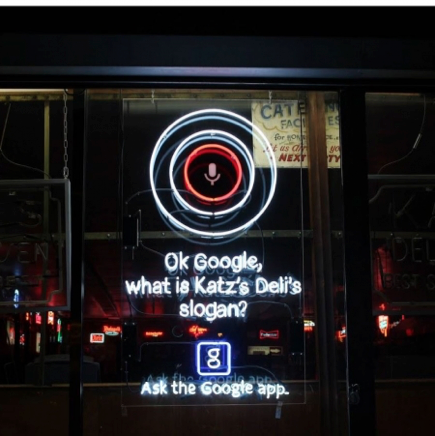
#2: Facebook. For its “Friends” campaign, Facebook created an impact with simple, striking out-of-home executions, which included billboards, Facebook and Instagram ads, print ads and off-Facebook digital advertising.

#3: Snapchat. Snapchat is another brand that loves using OOH. They ran a multi-market campaign with 50 static billboard ads with clever messaging that spoke directly to its users.
 Billboard for Snapchat.
Billboard for Snapchat.
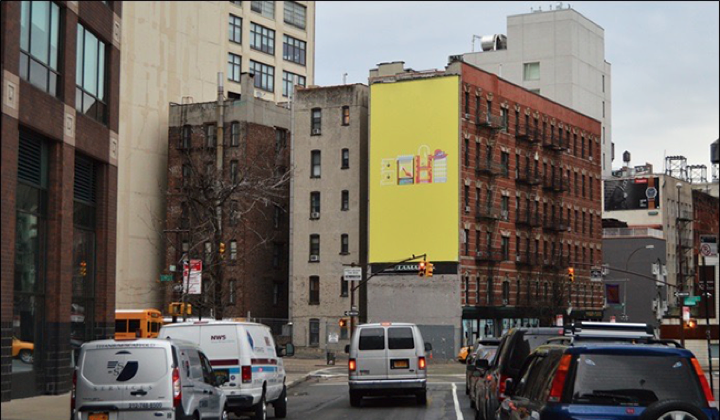
#4: Apple. Apple is another major tech brand that knows how to use OOH effectively in a media mix. Its “Shot on iPhone 6” campaign ran on 10,000+ billboards in 25 countries to showcase the amazing photos that people shot on their iPhones worldwide. The stunning photos also appeared in newspapers, magazines, online and in TV commercials.
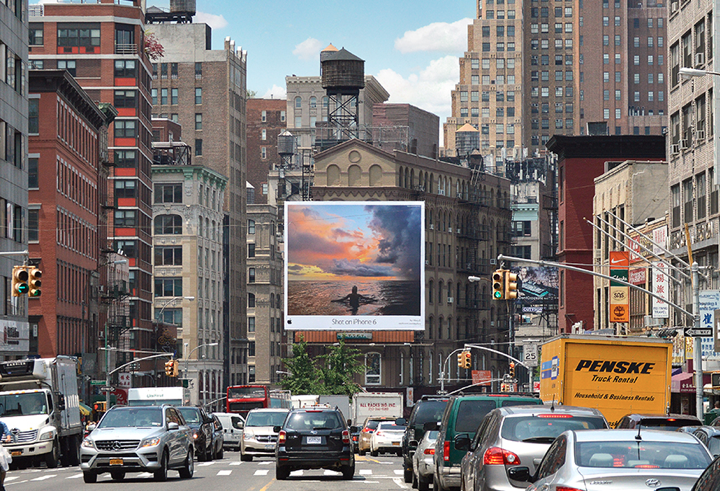
These campaigns showcase both the effectiveness of OOH in building brand recognition and connecting to consumers who are offline, all while demonstrating the importance of a media mix and great creative.
A recent study conducted by The Advertising Research Foundation substantiated the importance of focusing on a media mix, rather than just buying one platform. [1] Trading traditional media for new media is a mistake. Advertising campaigns which are conducted across multiple media platforms yield a higher reach and ROI. The study also found that a mix of traditional and new media is the most effective media mix. The most optimal media mix includes 22% digital and 78% traditional media. Digital reaches consumers when they are online searching, but OOH is an effective way to inspire consumers to search online.
The best way to inspire consumers to search online is with great creative. 75% of ad impact is determined by creative quality, making creative more important than ever. OOH offers virtually unlimited creative potential. There are creative executions that can only work in OOH (think Google’s campaign #1 in the list above), and simplicity goes a long way (think Facebook’s high impact branding campaign, Snapchat’s campaign speaking directly to insiders, and Apple’s campaign that rewarded its users on a larger-than-life scale).
While it is true the OOH industry must continue to evolve as technology advances and the media landscape changes, it also means that we mustn’t overlook the power of OOH both creatively and as part of an overall media mix.
Allie McAlpin
Communications Director
Lamar Advertising Company
Original Post from: Medium.com
